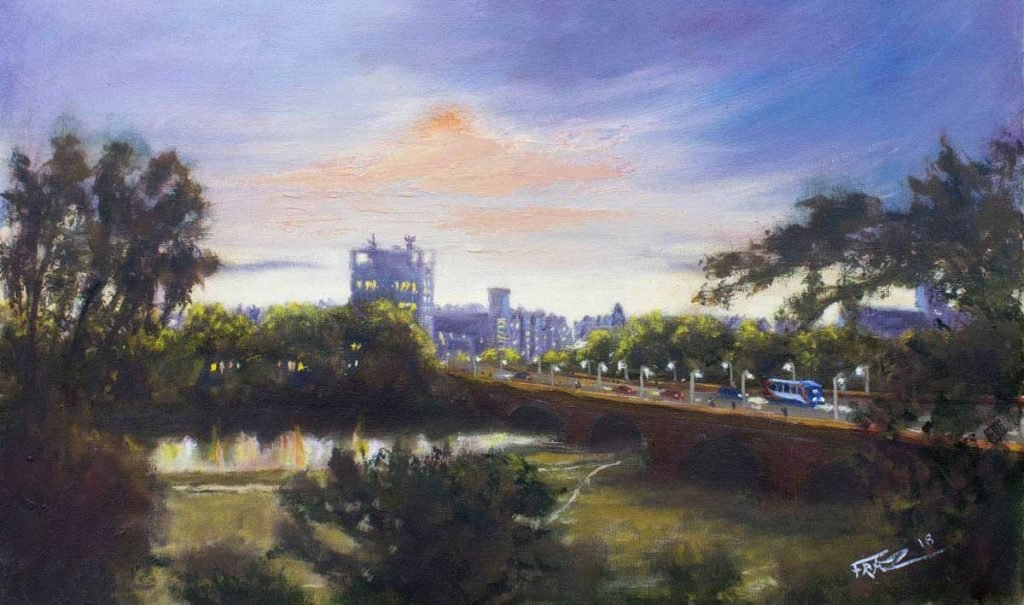Possibly the hottest, at times the driest, and now a distant memory. The first frosts are a declaration that winter has come, and as is customary in this column a time to reflect on what went well and what didn’t.
Instead, I thought it might be interesting to look at the ideas of others – particularly those of Garden Designers who seem to have been busy both at Chelsea this year and at the Society of Garden Designers Awards. There are definite trends, but overwhelmingly the focus has been a response to the Climate Crisis in one way or another.
Having emerged from the Pandemic, we as a society seem to have found gardening. And for some it has been to grow our own food. The use of raised beds has become a must, and with it the use of natural materials such as wood. The flexibility that raised beds give us, and the control that specially prepared compost provides has been a feature of many designs. The use of geometric forms used in paving and garden furniture enable us to incorporate our aspirations in terms of growing food in containers.

Other trends are clear: In terms of plants and planting there is a definite move towards the naturalistic; the use of plants that will tolerate wet winters and dry summers, that will attract pollinators and provide habitat for wildlife.
Noticeably garden design has become touchy feely! The use of aromatic and tactile plants to aid welfare is the centrepiece of Joe Swift’s Garden at Stoke Mandeville which won the ‘Healing, learning or Community Landscapes and Gardens Award’. I particularly like Joe’s selection of plants designed to reflect the seasons – Spring bulbs, perennials and grasses for summer, good autumn colour and winter interest in the form of bark colour.
Aside from colour schemes, emphasis is on providing food for pollinators in the early part of the year when food is scarce. Nectar rich spring bulbs such as crocus along with plants such as Geranium phaeum and Helleborous niger form part of Sarah Ravens choices.
The sustainability theme runs throughout many garden designs this year with a special focus on natural materials used in garden furniture and containers. Oak seems to feature so long as it is sourced from sustainably managed woodlands. However, as far as designers like Chloe Humphrys is concerned the use of local materials (often reclaimed) is all important. The basic idea is to reduce the carbon footprint of whatever we do, and that means reducing the number of miles that materials must travel. In other words, the basis of our garden design could reflect our local surroundings, and the materials that are locally available.
I think another aspect of this is to try wherever possible to source locally grown indigenous plants. This is good for nature, good for biosecurity and good for local business.
I have noticed another trend: a definite move away from linear borders beloved of those like myself who adore herbaceous plants. Borders now have more curves according to the latest designers, and lawns are in the past! Mixed low maintenance planting schemes are the preferred option.
So, to sum up, our gardens will become more naturalistic and wildlife friendly, and perhaps be more enjoyable requiring less maintenance. Now there’s a thought.
As always
Happy Gardening.
Author: DAVID FLETCHER
David Fletcher MCIHort is a fully qualified member of the Chartered Institute of Horticulture, and has been a gardener most of his life, both as a professional and an amateur.






